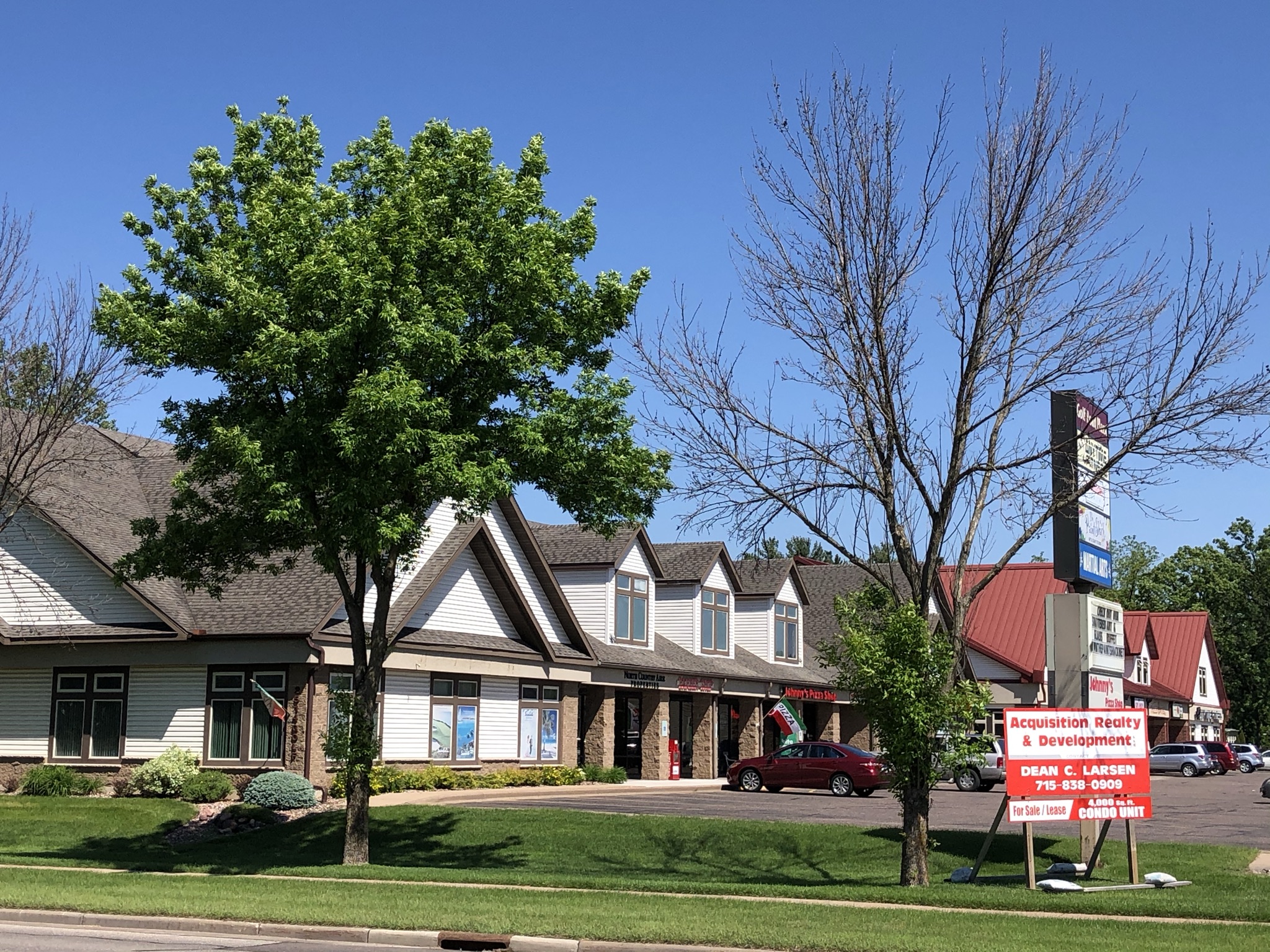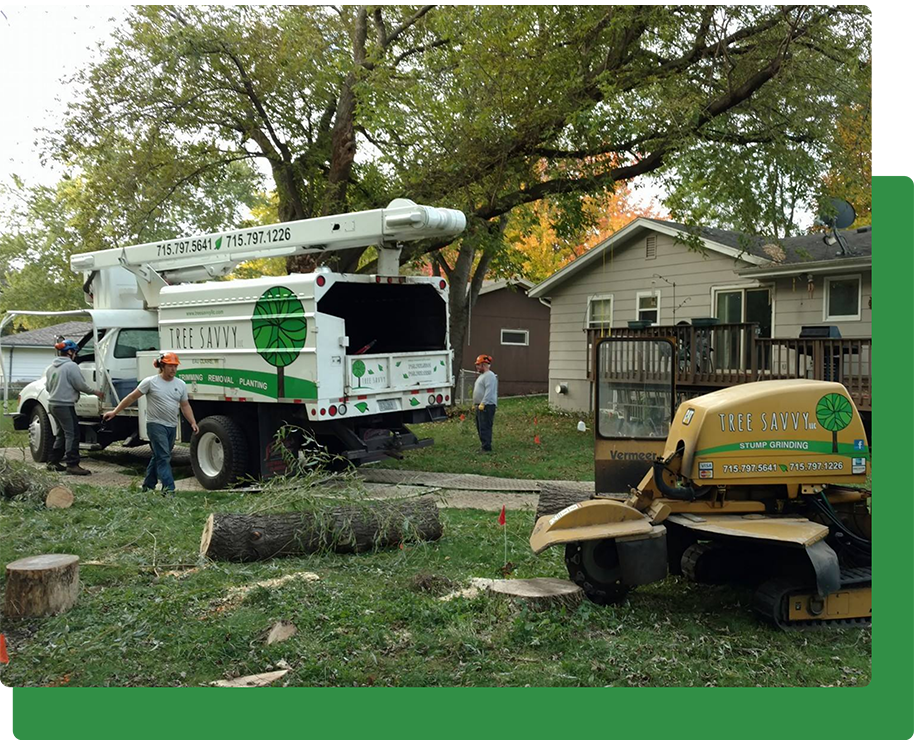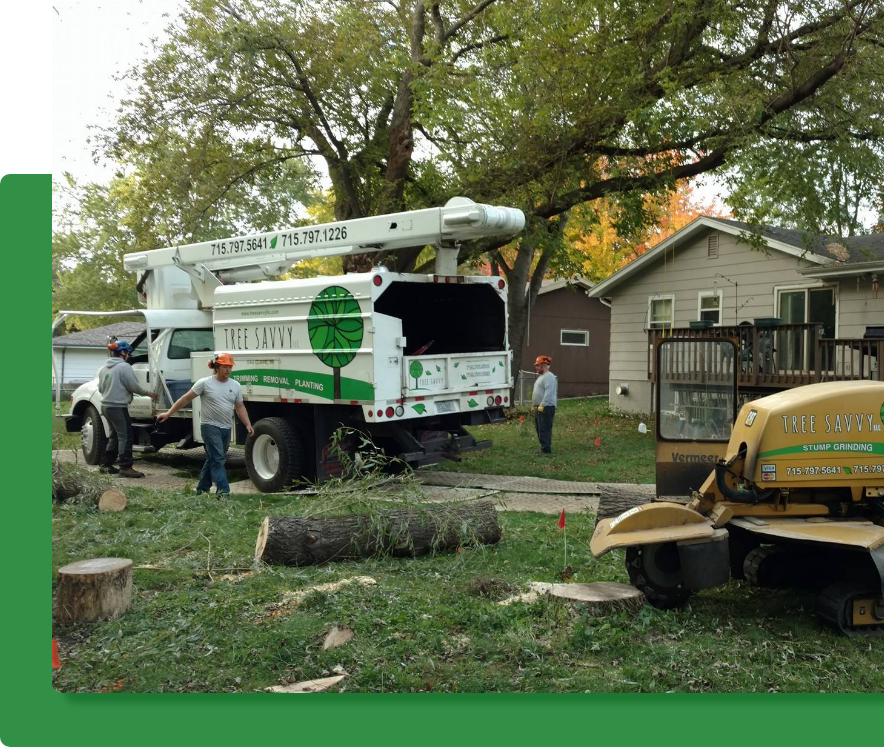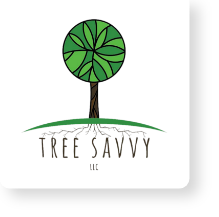
What Is Emerald Ash Borer?
The Emerald Ash Borer (Agrilus planipennis) is one of the most prolific invasive species of our time. Originally from Asia, the Emerald Ash Borer (EAB) was first identified in the United States in 2002, and has been decimating the Ash tree population throughout most of the Northeast, Mid-Atlantic, Midwest, and Eastern plain states ever since.
Wisconsin’s first detection occurred back in 2008 in Ozaukee and Washington counties, and the invasive insect quickly spread westward and to the north. To date, nearly 95% of Wisconsin’s counties have confirmed the presence of EAB, with Eau Claire and Chippewa counties first identifying the problem in 2017.

Signs of Damage
The Emerald Ash Borer is a slender insect, with adults measuring 1/4” – 1/2” in length, and are most often recognized by their metallic green wings. Due to the insect’s small size, an active EAB infestation is often identified by notable changes in the tree itself. Some of these signs of damage may include:
- Canopy die-back, often beginning in the center and highest point of the tree
- Bark flecking and splitting (woodpecker damage)
- Small “D” shaped exit holes
- “S” shaped galleries located under the bark caused by the insect larvae

Means of Mitigation
Ash trees can be infested with EAB for several years before symptoms present themselves, so early prevention and detection is key to a tree’s survival. Also, be aware of declining Ash trees in your surrounding area. For those Ash trees that are not showing signs of an active infestation, or as long as any die-back does not equate to more than 30-50% of the total canopy, the following treatment options are available:
- Soil-applied insecticide (Xytect 2F) for healthy trees less than 10” in diameter (DBH)
- Trunk injection of systemic insectile (Mectinite)
Note: Trunk injection treatments provide coverage for two years, whereas soil-applied treatments only last one year. Trees left untreated for 2-4 years pose a significant risk for infestation.
For trees showing more significant die-back, treatment may not be recommended. In this case, removing the tree altogether may be the best course of action to prevent any unnecessary/additional property damage and/or continued spread of the insect.
